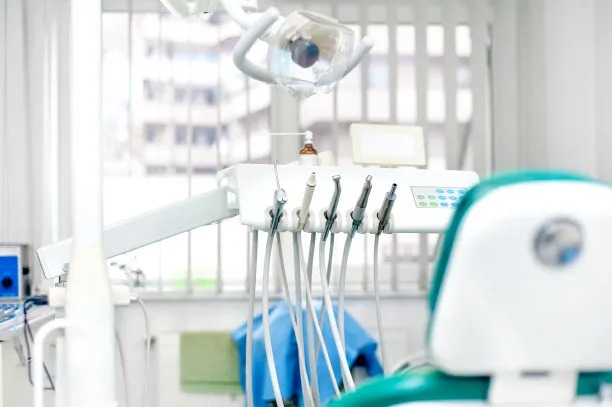The Essential Guide to Safely Extracting a Tooth at Home and Understanding the Process
Summary: Extracting a tooth at home can be a daunting task, but understanding the process can make it manageable and safe if necessary. This guide outlines the essential steps involved in safely carrying out a tooth extraction at home, the importance of being prepared, the potential risks, and what aftercare is required. Each section provides vital information to ensure that individuals are well-informed and equipped to handle the situation, should they find themselves in need of a home extraction. Although professional help is always recommended, this article serves as a reference for those considering dental self-care.
1. Preparing for the Extraction Procedure

Before attempting to extract a tooth at home, it is essential to adequately prepare. First, you must understand the reasons behind the extraction. Whether it’s due to severe decay, overcrowding, or other dental issues, identifying the problem will help you assess whether it’s worth proceeding at home or if a dentist is necessary.
When you decide to proceed, gather the necessary tools. Essential items include sterilized dental instruments (if available), clean cloths, gauze, and antiseptic solutions. Ensuring that your extraction area is hygienic will minimize the risk of infection.
Additionally, consider your pain management options. Over-the-counter pain relievers like ibuprofen or acetaminophen can help you manage discomfort both during and after the extraction, but it’s crucial to adhere to the recommended dosages. Make sure to stay hydrated and eat a light meal as you prepare for the procedure.
2. The Extraction Process Explained
When you begin the extraction, ensure that you are in a comfortable position with good lighting. Using the mirror, inspect the tooth to confirm which one needs to be extracted. It’s best to approach the task with patience and calmness, as rushing can lead to complications.
Employing proper techniques is vital during the extraction. If the tooth is loose, utilize gentle rocking motions to help dislodge it. If you encounter significant resistance, resist the urge to pull harder, as this may cause unintended damage to surrounding teeth and tissues.
After the tooth has been successfully removed, apply gauze to the extraction site to control bleeding. Bite down gently for at least 30 minutes to promote clotting. If bleeding continues beyond this time or is excessive, seeking professional dental help is essential.
3. Recognizing Potential Risks and Complications
While extracting a tooth at home may seem straightforward, it carries inherent risks. One of the primary concerns is the possibility of infection. Without sterile conditions, bacteria can easily enter the extraction site, leading to complications that may require antibiotics or professional intervention.
Another risk involves excessive bleeding, which can be life-threatening if not properly managed. Individuals should be aware of signs that require immediate medical attention, such as pronounced swelling, persistent pain, or a fever, which could indicate an infection.
Additionally, theres the risk of damaging adjacent teeth or oral structures, leading to further dental complications. This emphasizes the importance of assessing whether at-home extraction is truly the best option or if professional help is more appropriate.
4. Post-Extraction Care and Healing Tips
After the tooth extraction, proper aftercare is vital to ensure a smooth recovery. First, continue to apply pressure to the gauze for as long as necessary. Once the bleeding lessens, you can switch to cold compresses on the outside of your cheek to minimize swelling.
Dietary choices should also be considered during the healing process. Stick to soft foods, avoiding anything that requires excessive chewing. Foods like yogurt, smoothies, and mashed potatoes are ideal in promoting healing without causing discomfort.
Maintaining oral hygiene is crucial, but be cautious near the extraction site. After the first 24 hours, gently rinse the mouth with warm saltwater to aid healing, but avoid vigorous swishing that could dislodge the clot. Following these guidelines will greatly enhance your recovery experience.
Summary:
In conclusion, extracting a tooth at home can be done safely if one is well-prepared and follows the outlined steps and precautions. Preparation, understanding the extraction process, acknowledging potential risks, and practicing proper aftercare are all essential components of a successful home extraction. While home extractions may sometimes be necessary, it’s always advisable to seek professional dental advice whenever possible.
This article is compiled by Vickong Dental and the content is for reference only.


